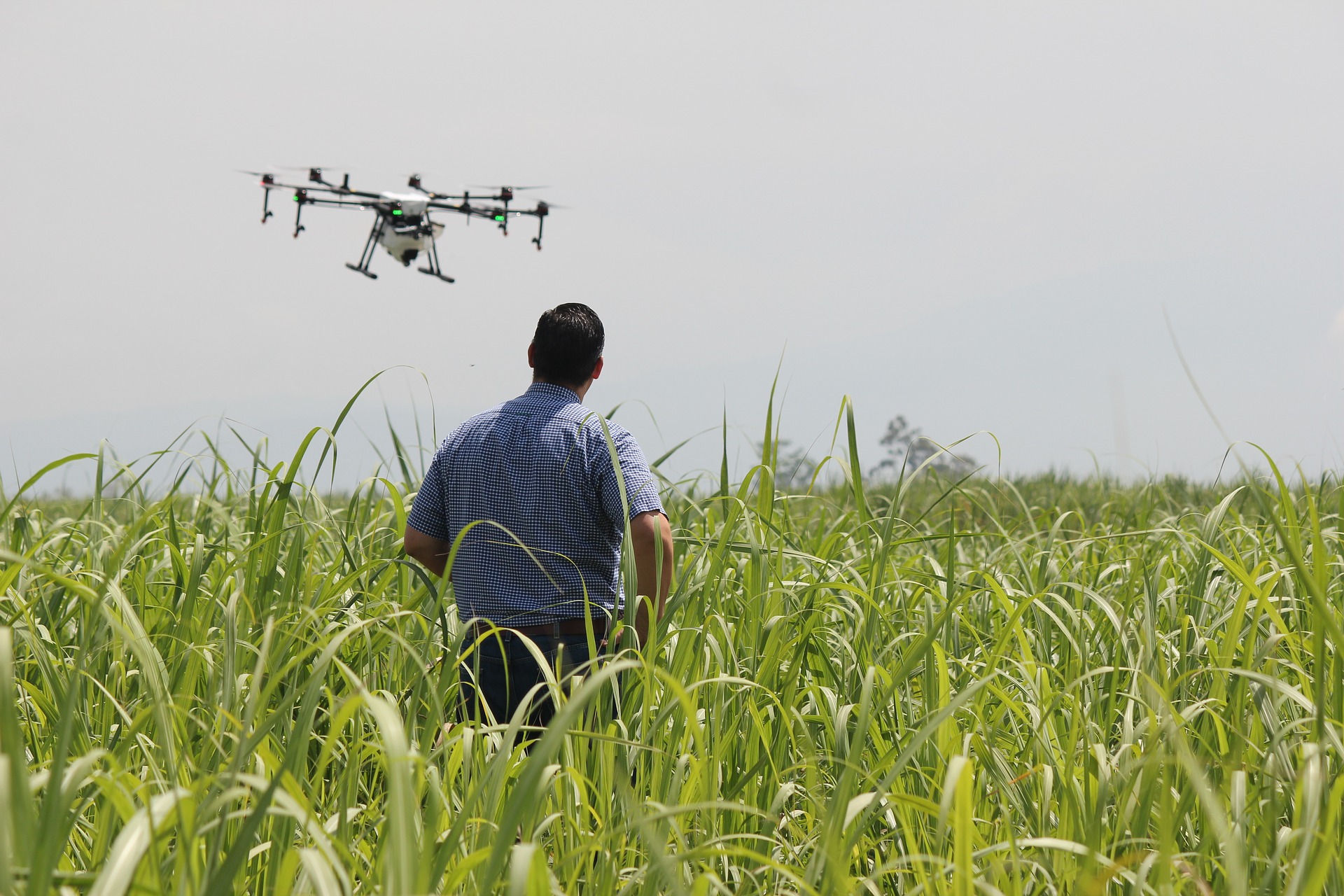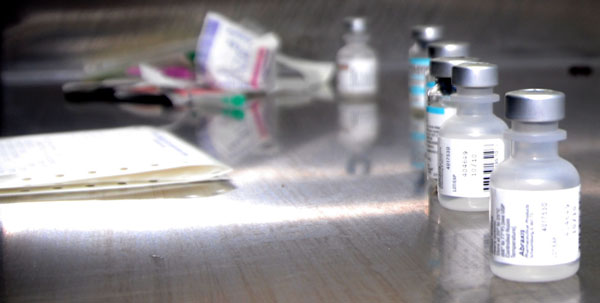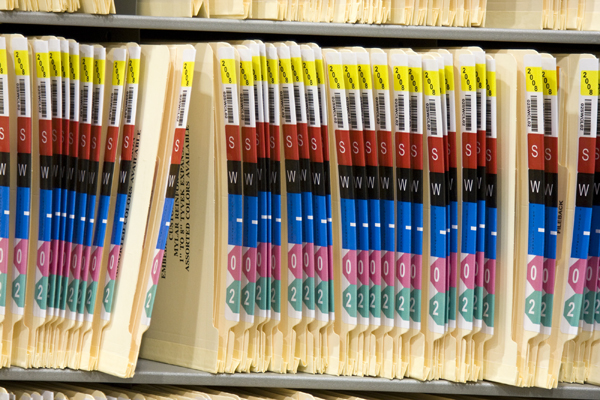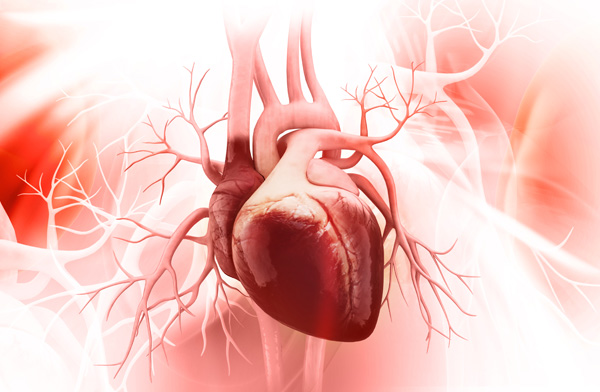The advancement of artificial intelligence (AI) offers the opportunity to bring a greater level of certainty to the notoriously uncertain business of farming, explains a new report published by the Refresh Working Group. Funded by Google and led by the Swell Creative Group, the report titled, “Food + Tech: From Soil to Supper,” aims to investigate how rapidly evolving technology stands to add value to the supply chain.
“This report is the fruit of our collective industry knowledge, harvested over the course of nine months. It plants the seeds of our longer-term commitment to advance the future of food,” the report opens within its introduction.
The Refresh Working Group has 27 members working across the US food system who seek to examine the intersection of technology and food through research, storytelling and collective action. The report focuses on how AI has impacted four major categories in the supply chain, including food production, distribution, processing and consumption.
“By using the processing power of AI to collect and analyze multiple sources of data out in the field, new tools are allowing farmers to benefit from the insights that data analytics can generate. Precision technologies are replacing the Farmer’s Almanac, predicting everything from temperature and rainfall to pests and commodity prices with greater accuracy,” says the report.
In food production, predictive technology is helping support farmers by aggregating large amounts of data and providing practical insights for decision making. The report details how AI technologies such as autonomous tractors, drones and remote sensors can collect and analyze data in order to help farmers increase crop yields. For example, cameras attached to drones can detect weeds and monitor crop health from hundreds of feet above.
“You can have apps that aggregate all this data and answer big questions that we haven’t been able to answer before,” says Amanda Ramcharan, Agricultural Engineer and report contributor. “Farmers are most concerned with their return on investment. They’re always doing the math in their heads.”
Similar benefits extend to food distribution, where grocers have access to predictive ordering platforms that estimate how much food will be sold each day, thereby reducing costs and waste. In addition, virtual stores featuring direct-to-consumer delivery may help to deliver fresh produce to food insecure communities.
“From production to consumption, this digital transformation, in tandem with new ecological services, will prove critical to reducing greenhouse gasses, addressing the multiple causes of food insecurity, and feeding the planet in the 21st century,” says the report. “It couldn’t come at a more opportune time: It’s estimated that global food production will need to increase 25 to 70 percent by 2050 in order to nourish a population predicted to reach 9 to 10 billion in the next thirty years.”
Food delivery apps, nutrition tracking platforms and health databases are AI technologies that hold the power to impact food consumption. They are making it easier for consumers to improve their eating habits and overall health. Researchers are also devising AI-powered tools to track and contain food safety outbreaks and identify sources of contamination.
Speaking about the opportunities that AI introduces, Georgia Institute of Technology Computer Science Professor Jake Abernethy says that “one obvious opportunity is bringing costs down at all points across the food supply chain.” While he says that these new tools are promising, there is still work to be done in the coming years to ensure that technology is affordable, user-friendly, reliable, and accessible.
In order to do so, technological issues must be addressed across the United States, including the “digital divide” and rural broadband access, the relationship between AI and the labor market, and ownership over farm data.












Join or login to leave a comment
JOIN LOGIN